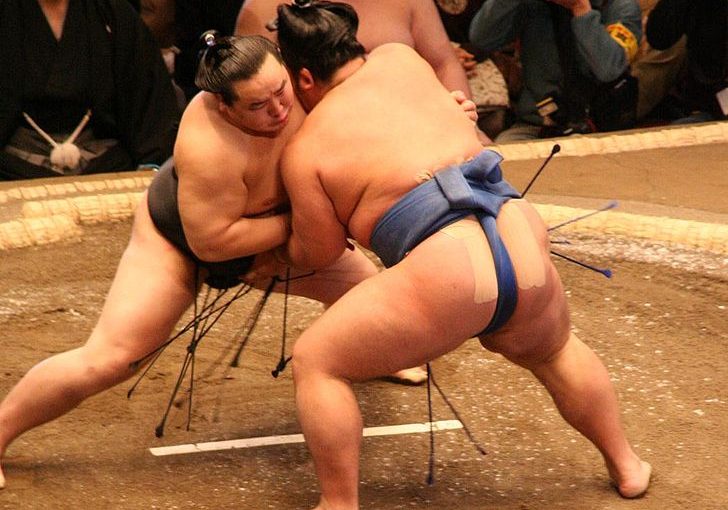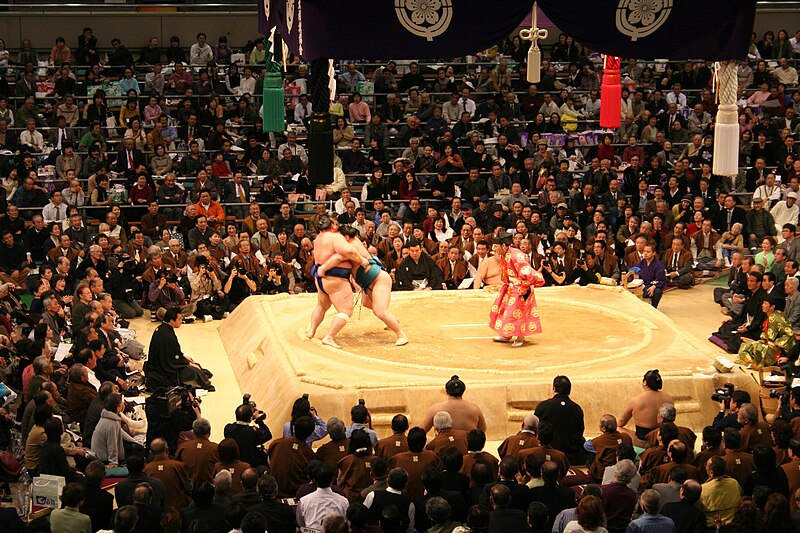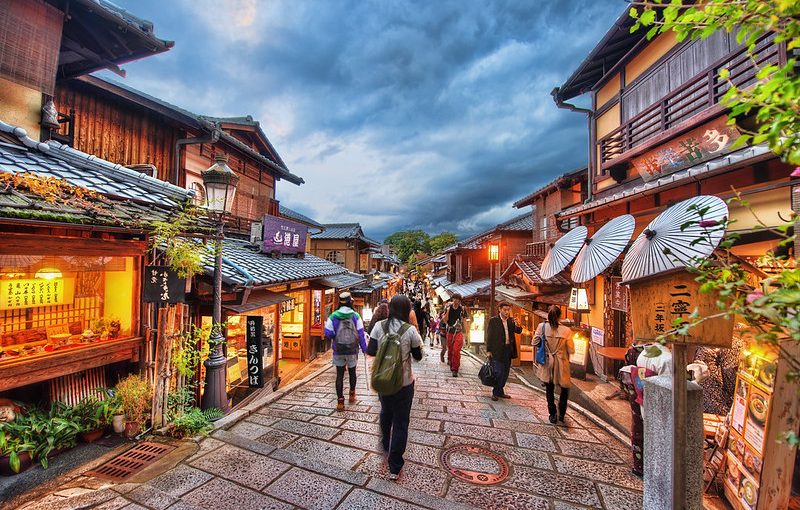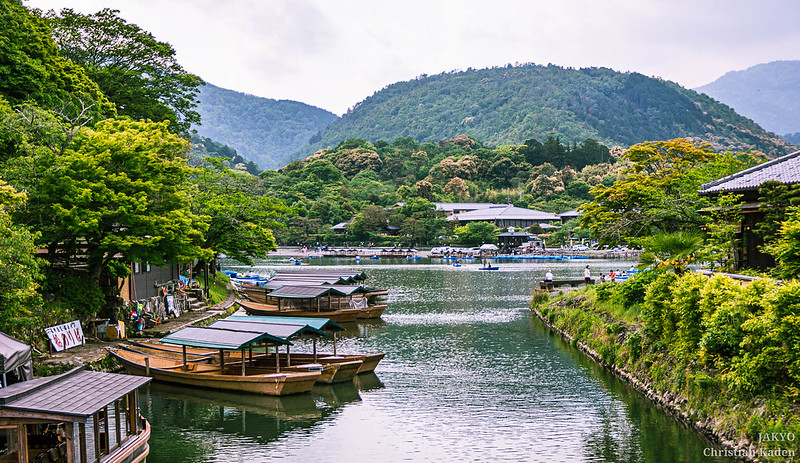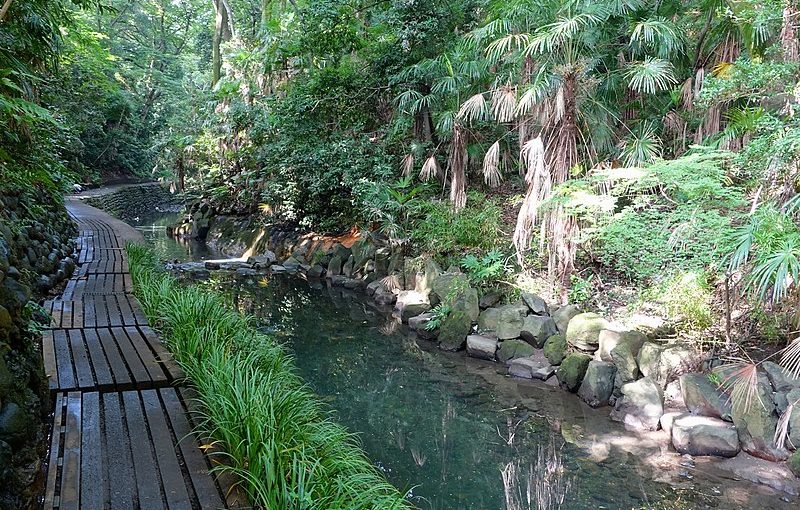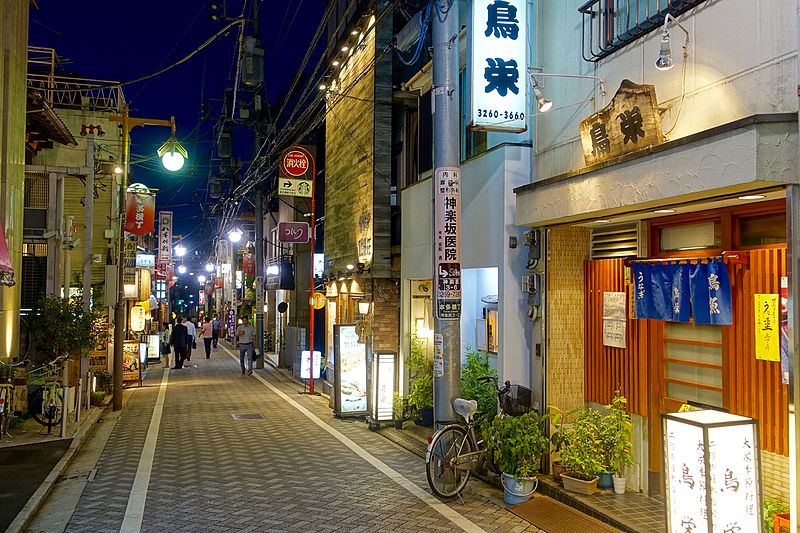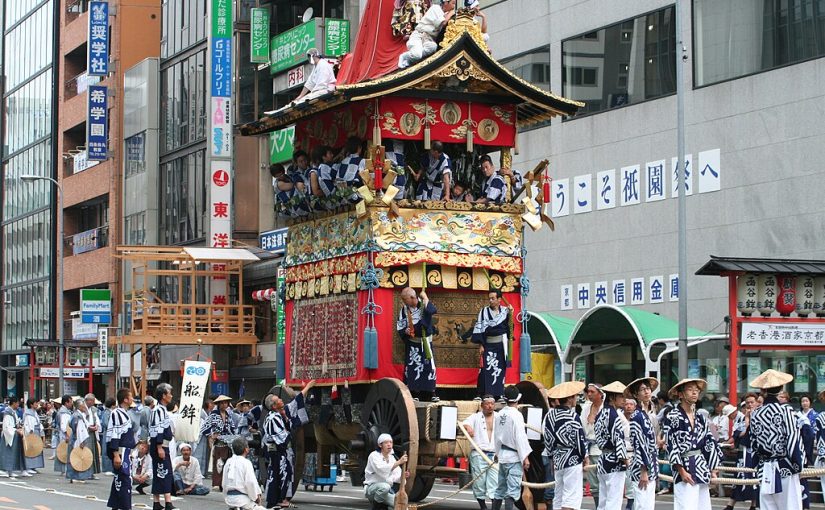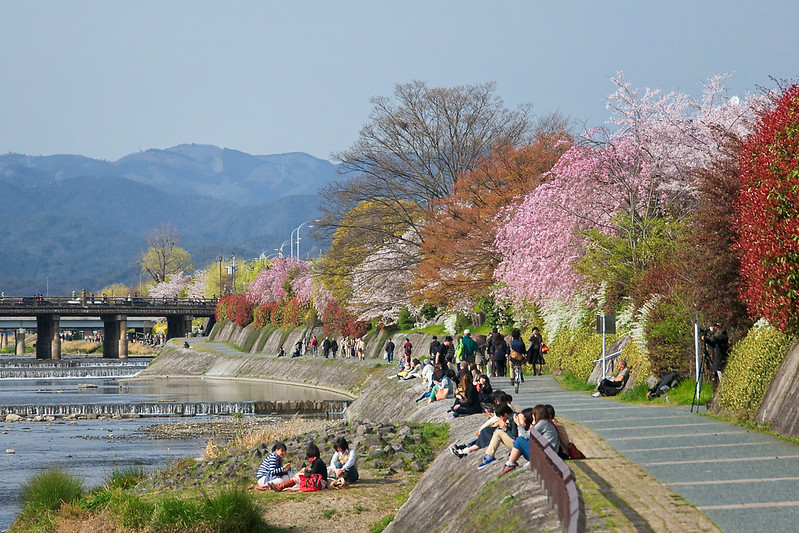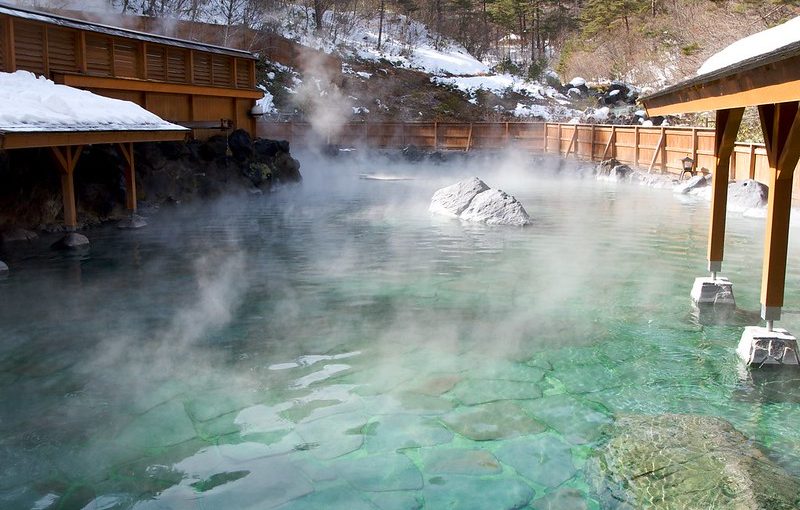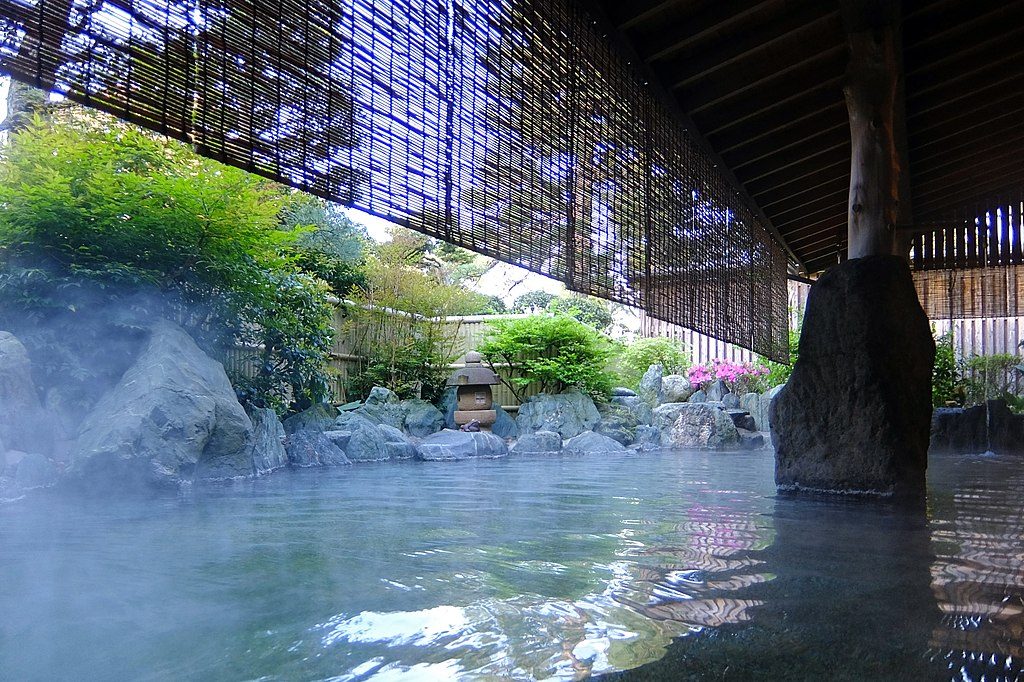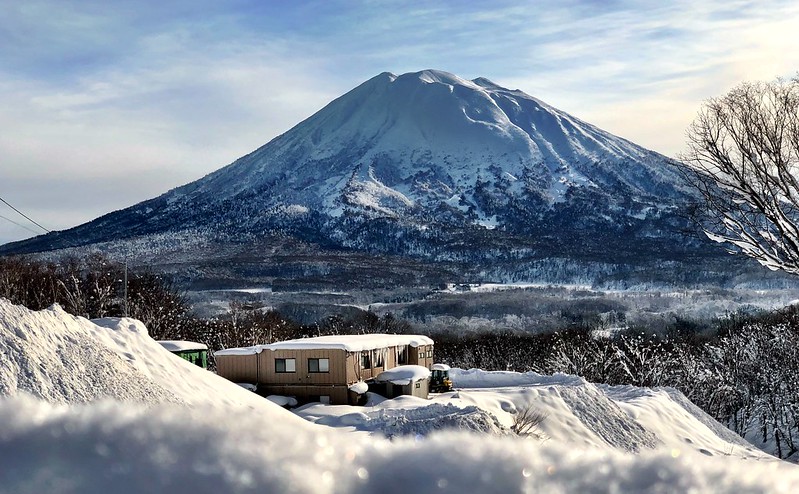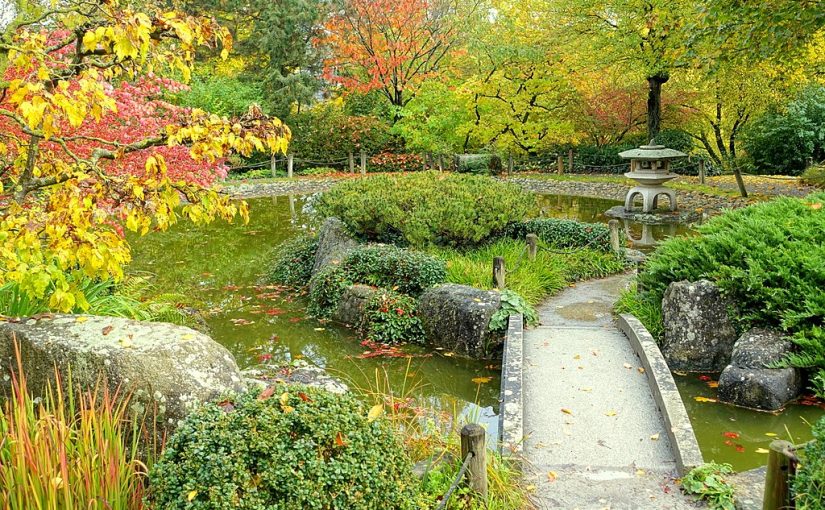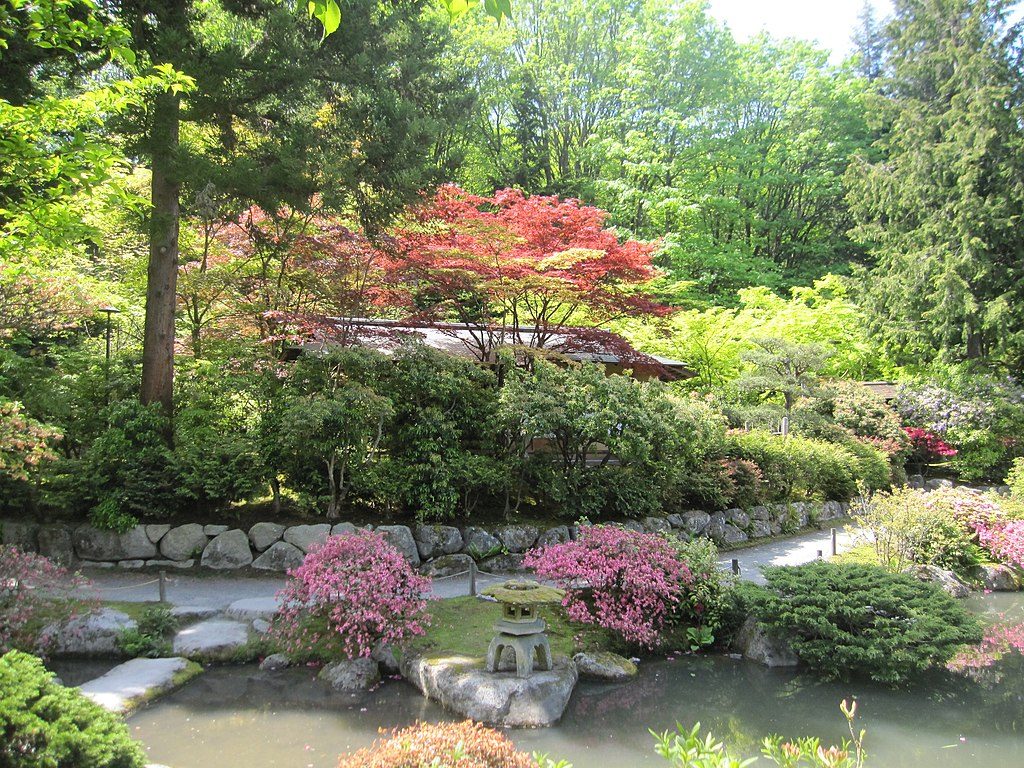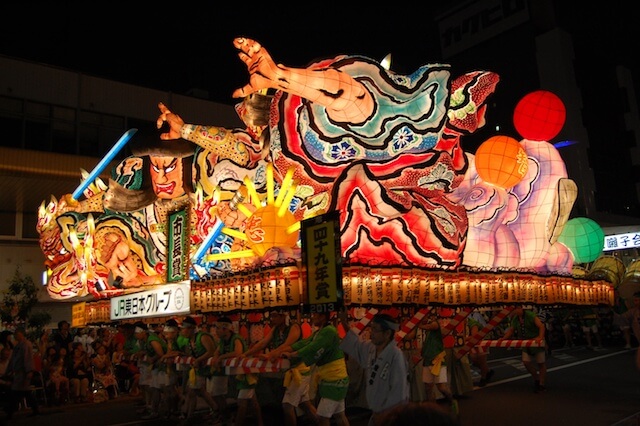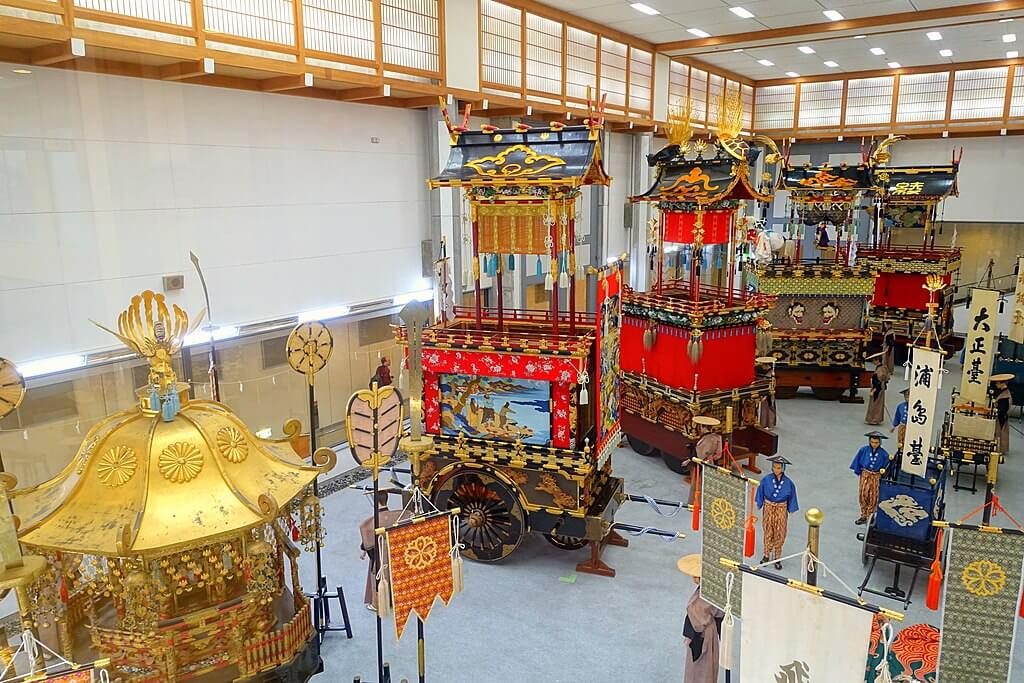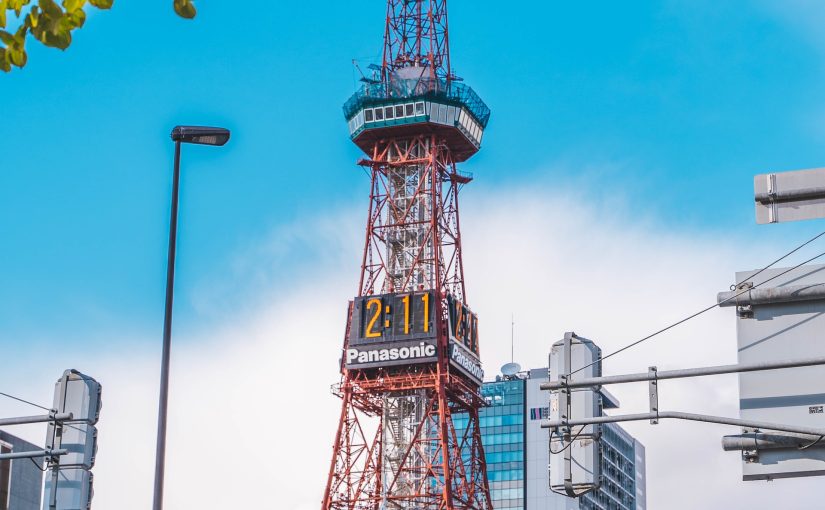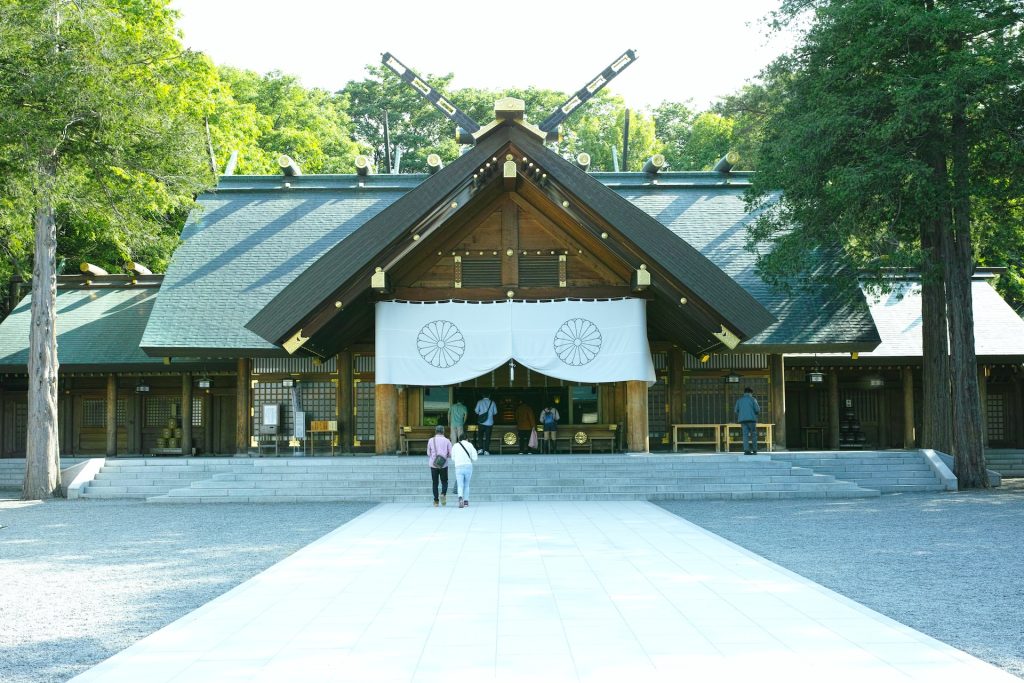Japan is a paradise for car enthusiasts, offering unique experiences that highlight the country’s rich automotive history and innovation. Here are five must-visit destinations for any car lover:
Toyota Commemorative Museum of Industry and Technology
Located in Nagoya, this museum showcases Toyota’s evolution from a textile machinery company to a global automotive giant. Explore interactive exhibits, historic vehicles, and fascinating displays on automotive technology and manufacturing.
Nissan Zama Heritage Collection
Situated in Kanagawa, the Nissan Zama Heritage Collection houses over 400 vehicles, including iconic models like the Skyline GT-R and the Fairlady Z. This collection offers a comprehensive look at Nissan’s rich history and innovation in car design and engineering. Those staying at a Tokyo serviced residence, such as the luxurious Oakwood Premier Tokyo, can reach the museum via a relaxing drive.
Mazda Museum
In Hiroshima, the Mazda Museum offers an in-depth look at the brand’s history, technology, and design philosophy. Tour the museum to see classic and contemporary Mazda models, including the iconic Mazda MX-5, and learn about the company’s innovative rotary engine technology.
Honda Collection Hall
Located at the Twin Ring Motegi circuit, the Honda Collection Hall features a vast array of Honda motorcycles, cars, and racing machines. Discover the story of Honda’s journey from a small workshop to a global powerhouse in the automotive and motorcycle industries.
Suzuka Circuit
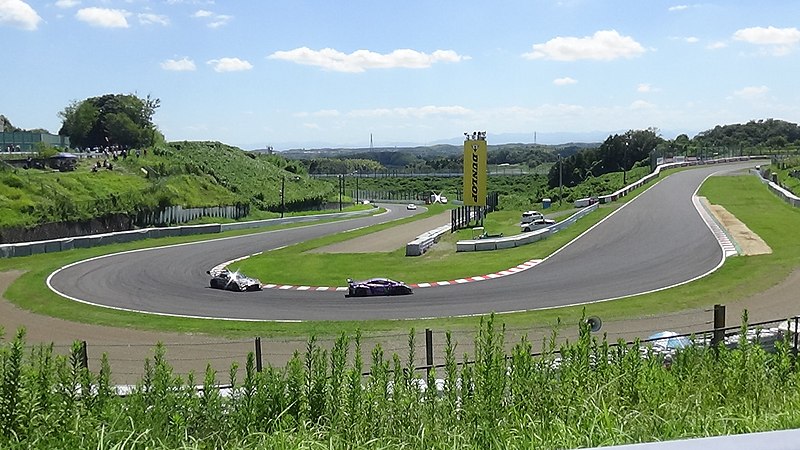
For a thrilling experience, visit the Suzuka Circuit, one of Japan’s most famous racetracks. Home to the Formula 1 Japanese Grand Prix, the circuit offers track tours, a motorsport museum, and even driving experiences for those eager to feel the adrenaline rush of high-speed racing.

